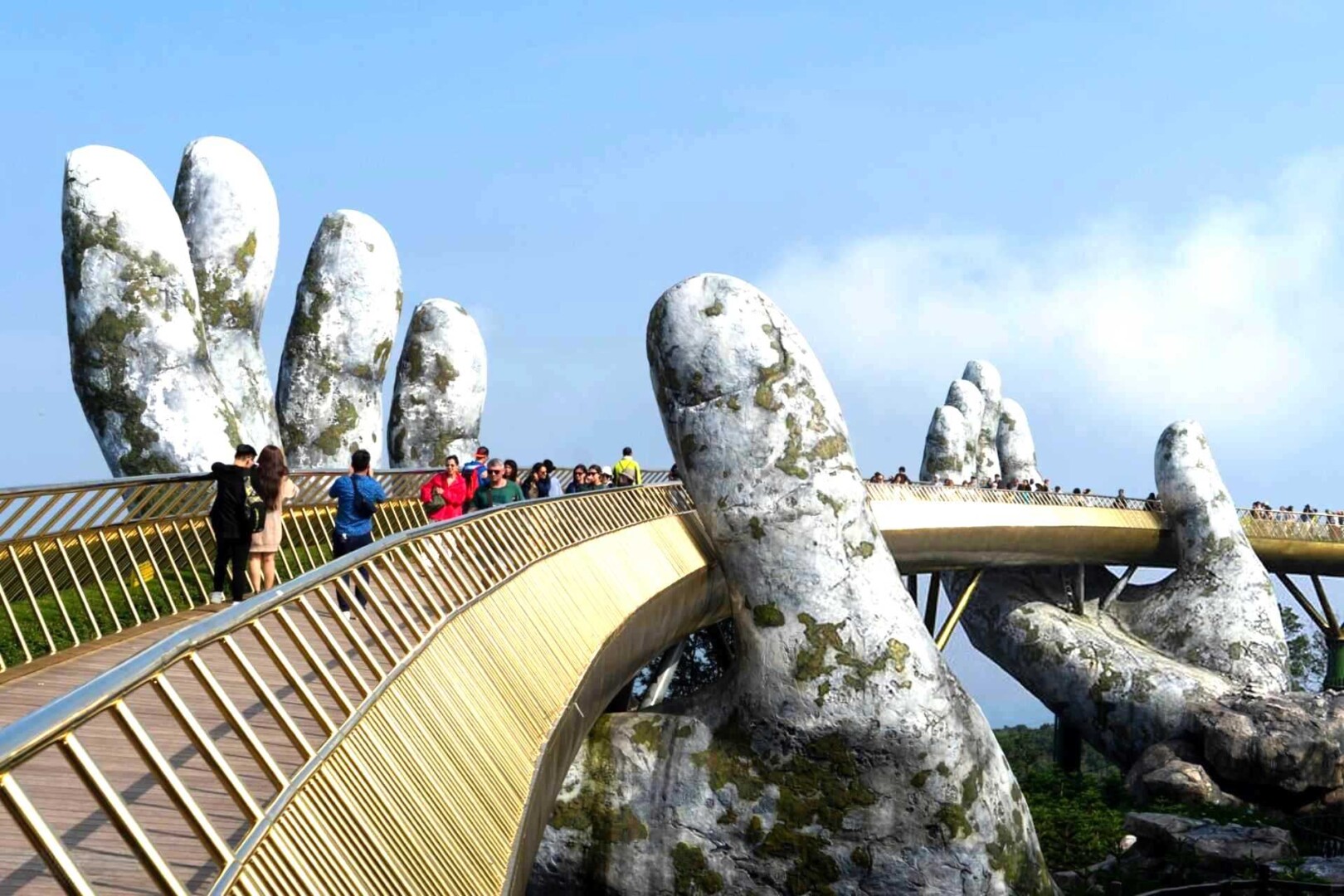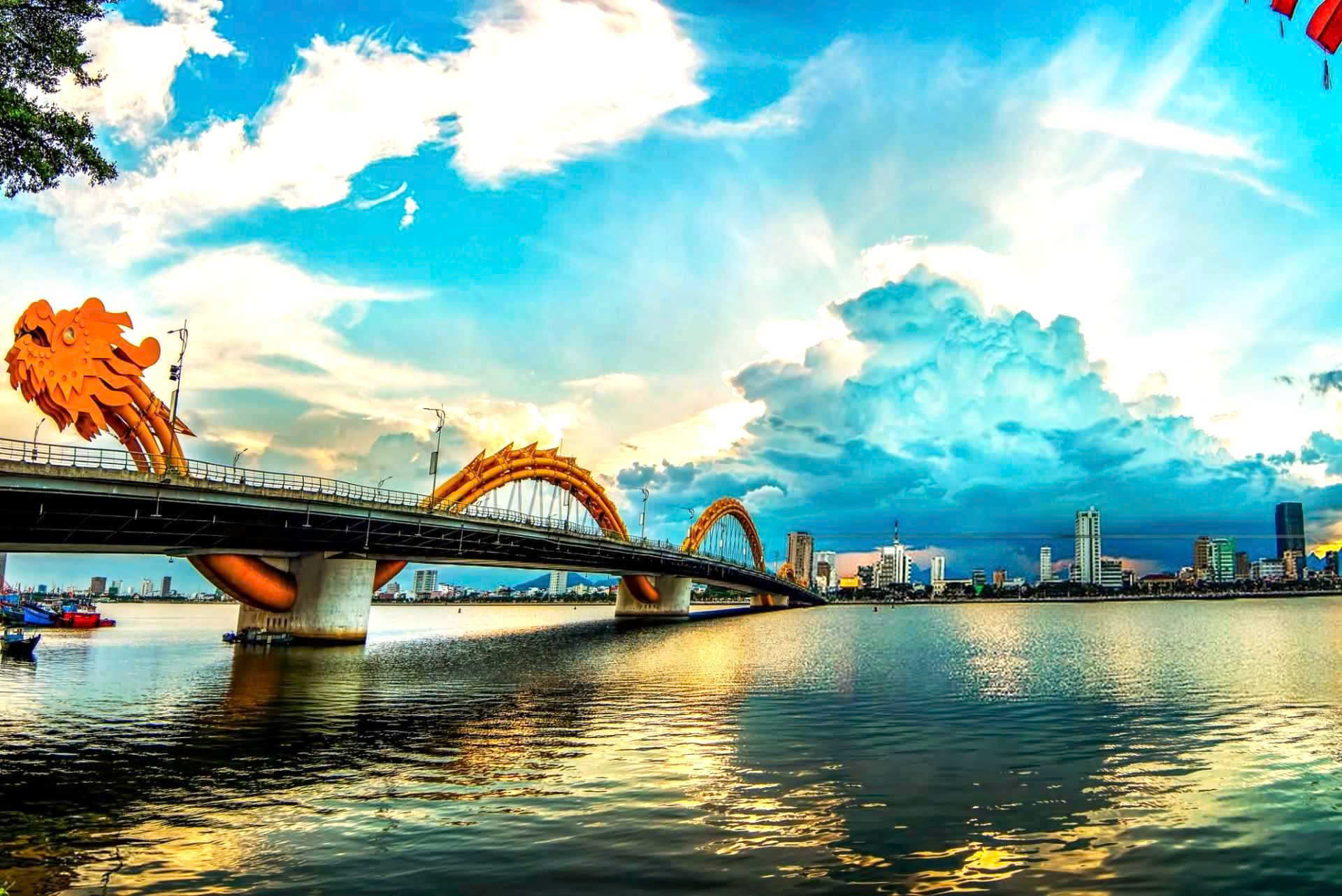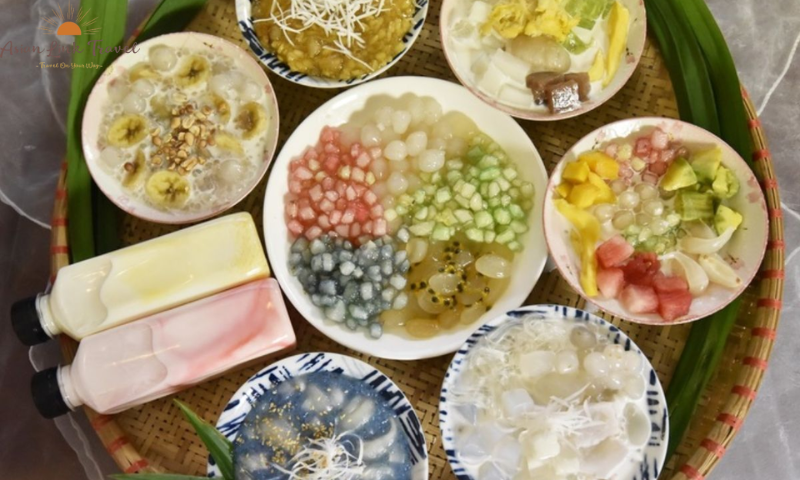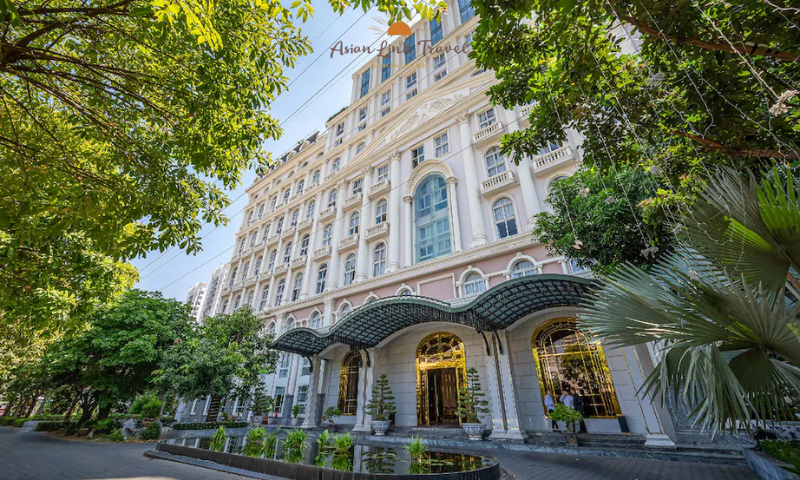Discover the Best of Da Nang: Your Ultimate Da Nang Travel Guide

Da Nang, a coastal city in central Vietnam, is where natural beauty, vibrant culture, and modern comfort come together in perfect harmony. Nestled between the ancient town of Hoi An and the historic capital of Hue, Da Nang has grown into a favorite destination for travelers looking to enjoy stunning beaches, delicious food, exciting activities, and welcoming locals.
In this Da Nang travel guide, we’ll explore everything you need to know to plan a rewarding, smooth, and unforgettable trip. From when to go and where to stay, to what to eat and how to get around, this comprehensive guide has it all.
Why Da Nang Is the Perfect Destination
If you’re wondering why Da Nang should be on your itinerary, the answer is simple: it offers the best of all worlds. Da Nang combines natural landscapes, city life, historical sites, and relaxation in one compact area.
-
It’s home to My Khe Beach, considered one of the most beautiful beaches in Asia.
-
You can explore famous landmarks like the Marble Mountains and Son Tra Peninsula.
-
Da Nang is also a gateway to must-visit places like Hoi An, Hue, and Ba Na Hills.

-
The city is modern yet still feels authentically Vietnamese.
Whether you’re a first-time visitor or returning for more, this Da Nang travel guide will help you make the most of your experience.
When Is the Best Time to Visit Da Nang?
Weather is a big factor when planning a trip, and Da Nang enjoys a tropical climate with two main seasons:
-
Dry season (February to August): This is the best time to visit, especially from March to May when the weather is sunny and comfortable. The sea is calm and ideal for swimming.
-
Rainy season (September to January): Expect more rain and humidity. However, prices are lower, and the city is quieter.
For beach holidays, come in spring or early summer. For sightseeing and fewer tourists, November and December can also be great if you don’t mind occasional rain.
Getting to Da Nang
This Da Nang travel guide wouldn’t be complete without showing you how easy it is to get here.
-
By air: Da Nang International Airport (DAD) serves flights from major cities like Hanoi, Ho Chi Minh City, Bangkok, Seoul, Kuala Lumpur, and Singapore. It’s just 10–15 minutes from downtown.
-
By train: The Reunification Express passes through Da Nang and offers scenic views of Vietnam’s coastline.
-
By bus: Buses connect Da Nang with cities like Hue, Nha Trang, and Hoi An. This option is budget-friendly but takes longer.
For international travelers, flying directly into Da Nang is the most convenient option.
Where to Stay in Da Nang
Da Nang has accommodation options for all kinds of travelers. In this Da Nang travel guide, we recommend these areas:
-
My Khe Beach area: Ideal for beach lovers. There are hotels ranging from luxury resorts to budget hostels, all near the sand.
-
City center (Hai Chau District): Great for exploring local life, night markets, and the Han River area.
-
Son Tra Peninsula: Peaceful and scenic, perfect for couples or families who want to be close to nature.
Recommended places to stay:
-
Luxury: InterContinental Danang Sun Peninsula, Vinpearl Luxury Da Nang
-
Mid-range: Monarque Hotel, Haka Boutique Hotel
-
Budget: Kon-Tiki Hostel, Funtastic Beach Hostel
Book early if you’re traveling during weekends or holidays.
Must-See Attractions in Da Nang
There’s a reason so many travelers fall in love with Da Nang. Here are the top highlights to include in your itinerary:
Marble Mountains
A group of five limestone hills representing the five elements: metal, wood, water, fire, and earth. You can explore caves, temples, and panoramic viewpoints. Don’t forget to wear proper shoes — the steps are steep but worth the climb.
My Khe Beach
Known for its soft sand and gentle waves, this is the perfect place for swimming, sunbathing, or relaxing at beachside cafés. Come early morning or late afternoon for the best light and fewer crowds.
Dragon Bridge

This iconic bridge over the Han River lights up every night and breathes fire and water on weekend evenings. It’s one of the most photographed spots in the city.
Ba Na Hills & Golden Bridge
Take the cable car up to Ba Na Hills for cool air, a French village, and the famous Golden Bridge held up by giant stone hands. It’s a surreal and Instagram-worthy experience.
Son Tra Peninsula
A natural reserve filled with wildlife, quiet beaches, and hiking trails. Don’t miss the Linh Ung Pagoda, home to Vietnam’s tallest Lady Buddha statue overlooking the sea.
This Da Nang travel guide highly recommends setting aside at least 3–4 days to enjoy all these attractions without rushing.
What and Where to Eat in Da Nang
Da Nang’s food scene is rich, affordable, and full of flavors. Whether you eat at street stalls or seafood restaurants, you’re in for a treat.
Must-try dishes:
-
Mi Quang – Turmeric noodles with shrimp, pork, peanuts, and rice crackers. A Da Nang specialty.
-
Banh Xeo – Crispy rice pancakes filled with pork, shrimp, and bean sprouts, served with herbs and dipping sauce.
-
Bun Cha Ca – Noodle soup with grilled fishcake and vegetables.
-
Seafood BBQ – Choose your fresh catch and have it grilled to order.
Top places to eat:
-
Ba Duong Banh Xeo – The go-to spot for crispy pancakes.
-
My Quang Ba Mua – Famous for many variations of Mi Quang.
-
Apsara Restaurant – Delicious food in a traditional Vietnamese setting.
-
Local seafood stalls along the beach (ask locals for fresh, fair-priced spots).
To eat like a local, explore Con Market or Helio Night Market where you’ll find endless food options.
Getting Around the City
Transportation in Da Nang is simple and inexpensive. Here’s how to move around safely and efficiently:
-
Motorbike rental: Ideal for independent travelers. Costs about $5–7 per day.
-
Grab (ride-hailing app): Safe, easy, and transparent pricing.
-
Taxis: Use reputable companies like Mai Linh or Vinasun.
-
Bicycle rental: Great for riding along the beach or riverside.
Tip from this Da Nang travel guide: Avoid rush hours and always wear a helmet if you’re riding a motorbike.
Cultural Etiquette and Local Insights
Respecting the local culture will enhance your trip and your interactions with residents.
-
Dress modestly when visiting temples or pagodas.
-
Remove shoes when entering someone’s home or religious sites.
-
Don’t point your feet at people or sacred objects.
-
Learn basic Vietnamese greetings — it goes a long way.
-
Always ask before taking photos of people.
Da Nang locals are friendly, and a warm smile can open many doors.
Shopping and Markets
Markets in Da Nang are perfect for souvenirs, food, and cultural immersion.
-
Han Market: Clothes, spices, dried seafood, and handmade crafts.
-
Con Market: Bustling local experience with food courts and shops.
-
Vincom Plaza: For international brands and air-conditioned comfort.
Bargaining is common in traditional markets — be friendly but firm.
Suggested Itinerary (4 Days)

Here’s a sample itinerary from this Da Nang travel guide to help you plan your visit:
Day 1:
Arrival, check-in, walk along the Han River, dinner by the beach.
Day 2:
Visit Marble Mountains and My Khe Beach in the morning, then Dragon Bridge and night markets in the evening.
Day 3:
Full-day trip to Ba Na Hills and Golden Bridge.
Day 4:
Morning visit to Son Tra Peninsula and Lady Buddha, afternoon relaxation before departure.
You can easily extend your trip to explore nearby Hoi An, Hue, or the Cham Islands.
What to Pack for Da Nang
Make sure you’re well-prepared for both beach days and city exploration:
-
Lightweight clothing
-
Swimwear and beach shoes
-
Sunscreen and hat
-
Reusable water bottle
-
Travel insurance documents
-
Power adapter (types A, C, F)
If traveling during the rainy season, pack a foldable umbrella and quick-dry clothing.
Final Words
This Da Nang travel guide is your key to experiencing one of Vietnam’s most exciting destinations. With breathtaking nature, tasty food, cultural treasures, and friendly people, Da Nang offers something for every traveler.
Whether you’re here for adventure, relaxation, or a bit of both, Da Nang will not disappoint. Use this guide to plan your stay, travel smart, and create unforgettable memories.
If you’re ready to explore Central Vietnam, make Da Nang your home base and let the journey begin.





